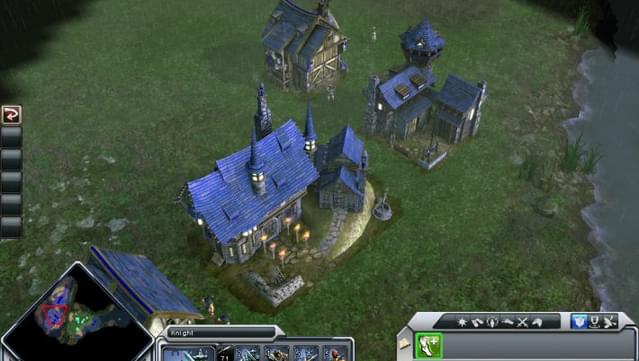

in the Middle East, North Africa and Mediterranean Europe. The Bronze Age ended abruptly around 1200 B.C. The Mycenaean king Agamemnon invaded Troy during the Trojan War of Homer’s “Iliad,” though there are no historical records of a Mycenaean king of that name. In Greek mythology, the city of Mycenae was founded by Perseus, the Greek hero who beheaded Medusa. Major Mycenaean power centers included Mycenae, Thebes, Sparta and Athens. They imported metals and other raw materials, including copper, tin, ivory and precious stones.Īround 1600 B.C., the Mycenaean civilization rose on the Greek mainland, and their culture flourished during the late Bronze Age. The Minoans were traders who exported timber, olive oil, wine and dye to nearby Egypt, Syria, Cyprus and the Greek mainland. The Minoans are considered the first advanced civilization in Europe. Bronze Age GreeceĪ few hundred years later, the Minoan civilization emerged on the island of Crete.


The clay mold would then be cut into sections that were re-fired to create a single mold.

This meant a model had to be made of the desired object, and then covered in a clay mold. Chariots, weapons and vessels were fashioned in bronze using piece-mold casting as opposed to the lost-wax method used in other Bronze Age cultures. In China, Bronze Age civilizations centered around the Yellow River during the Shang Dynasty (1600-1046 B.C) and Zhou Dynasty (1046-256 B.C.). The Assyrians frequently warred against the pharaohs of Ancient Egypt and the Hittite Empire of Turkey.Īssyria is named after its original capital, the ancient city of Assur, situated on the west bank of the Tigris River in modern-day Iraq. At its peak, the Assyrian Empire stretched from modern-day Iraq in the east to Turkey in the west and Egypt in the south. 2001 Seattle Mariners set American League record for wins in a seasonĪssyria: Assyria was a major political and military power in ancient Mesopotamia.


 0 kommentar(er)
0 kommentar(er)
